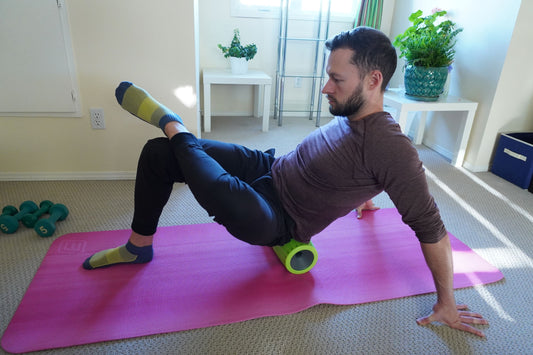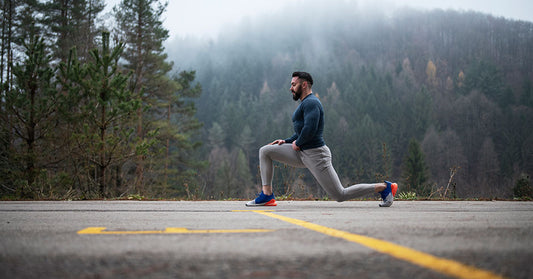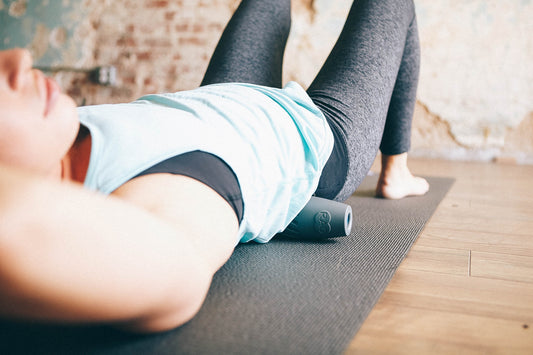Understand body mechanics: Using the body to heal the body
For many athletes, yoga is their go to “stretch it out” as it serves as a great addition to any physical exercise. What we don’t often address is how and where to target in the body to produce the best results. The physical practice of yoga will enhance your flexibility but it will also enhance your physical strength, your will, your stamina, and your connection to your breath. These systems working together in tandem are crucial to aiding in your recovery time and boosting beneficial body mechanics.

Using myofascial release tools works into the deeper layers of muscle
tissue to aid in mobility.
Working with body mechanics for many years, proper alignment is key to understanding functionality and can be applied in any setting. I have taught it in level one teacher trainings and most students pick it up quickly and it makes a lasting impression on their overall health and well-being. For athletes that require fast leg work to generate enough force for quick body movements, it is essential to calibrate by using your body mechanics to balance the active force placed on the joint and bones. Long hold in stretches like pigeon pose or seated figure four aid in large muscle recovery relief.
For any body type, any lifestyle, and any degree of fitness experience, the practice of yoga is a key component to working short and long fiber muscle tissues. Longer holds provide more of a myofascial release while shorter, more swift transitions, such as moving through a chaturanga vinyasa, high plank to mid plank, fires up the short fiber chords.
Though often considered a modality of stretching, yoga asana also increases stamina as demonstrated in high level intensity vinyasa classes, so it matters which format you choose. For athletes focused on recovery, it’s important to consider that each movement has an equal and opposing reaction. Reciprocal inhibition means that the pose will incorporate a movement that engages the front line of the body allowing the backline of the body to release. This is crucial in a pose like standing forward fold because by engaging your core and quads, you can target a deeper release in the muscle tissue.
It balances body mass with flexibility, regulates the endocrine system, calms the nervous system, and balances the right and left hemispheres of the brain.

Frequency of use is key. Roll out in addition to your daily active routine for peak performance and recovery time.




















